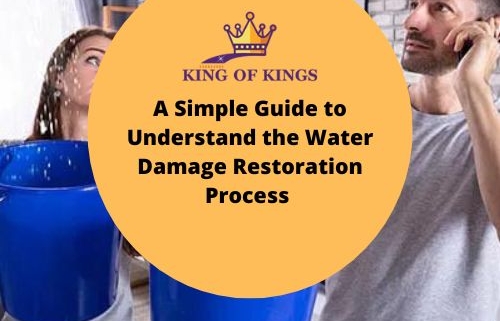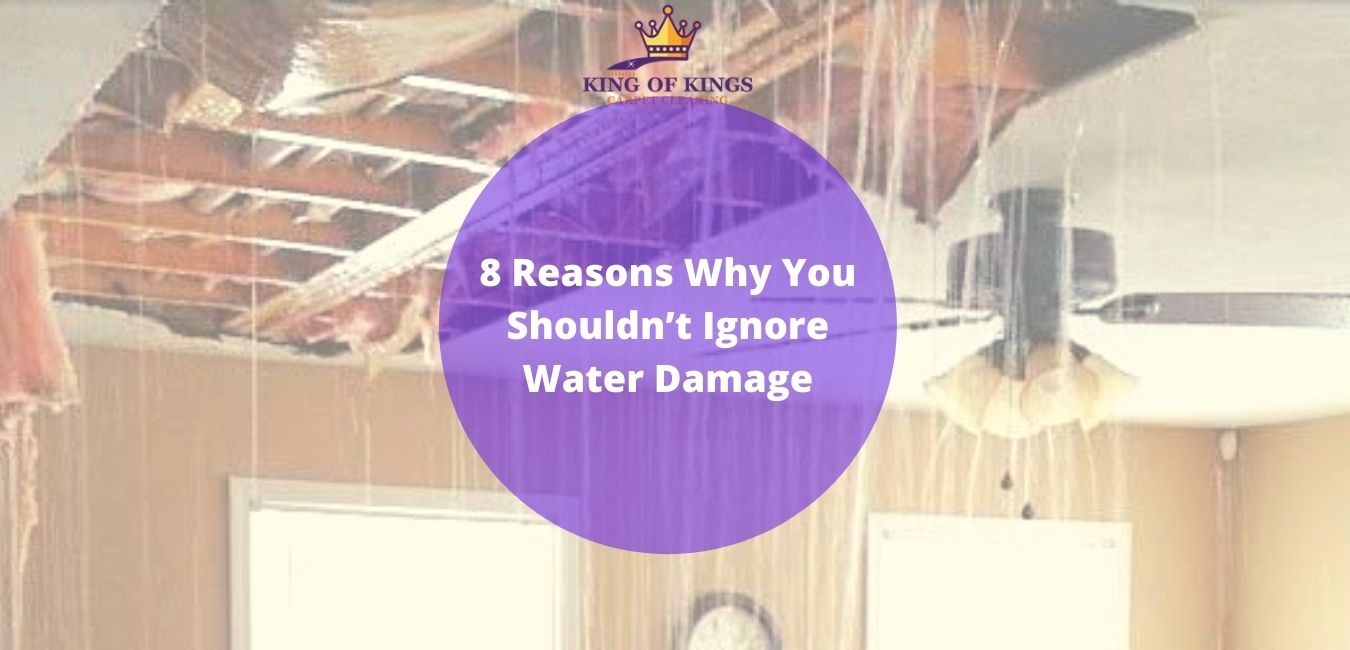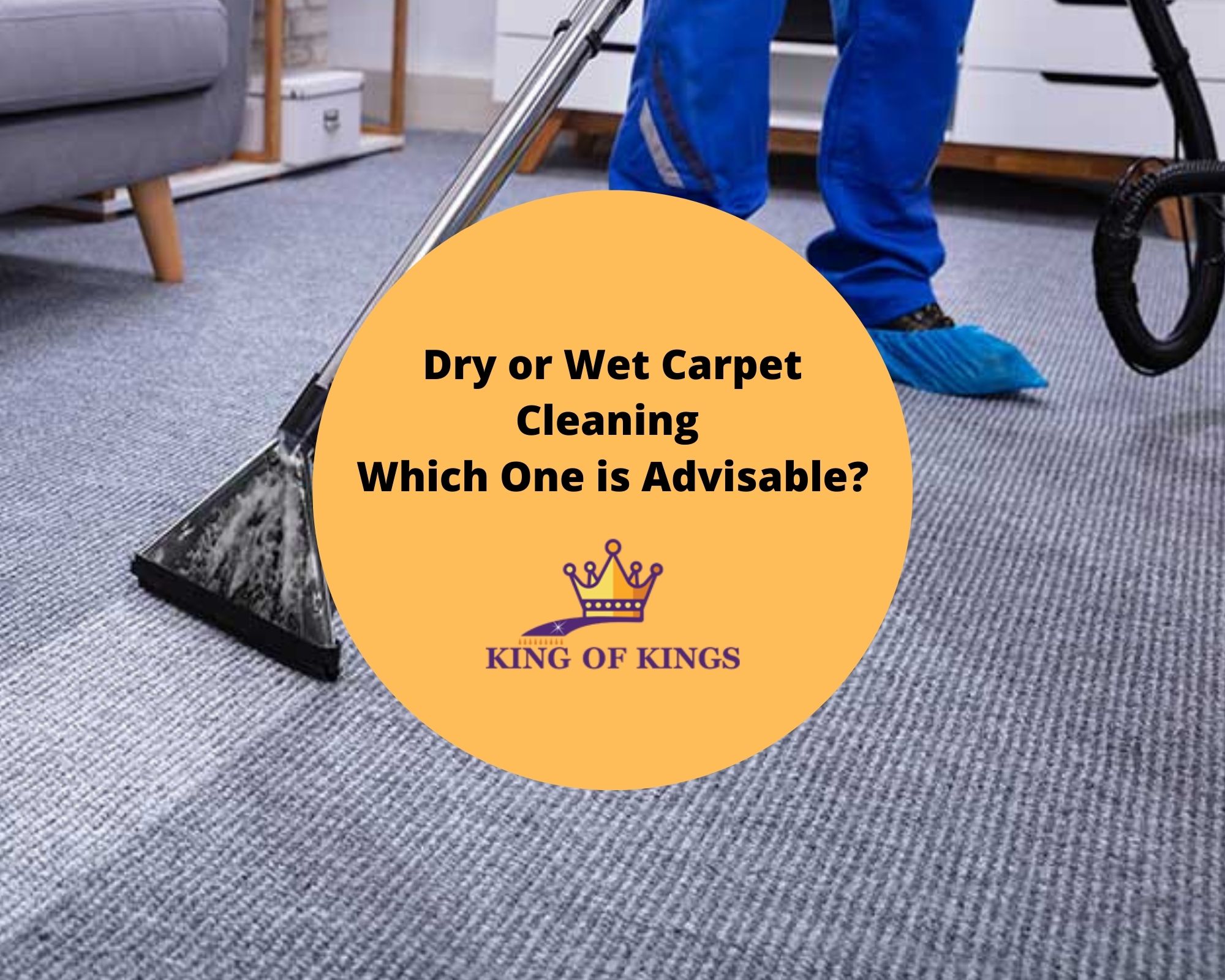Understand the Water Damage Restoration
Control of water damage in your home or office can be confusing and frustrating; the process is exactly a headache! Water causes plenty of damage and makes a huge difficulty that can become a large trouble. It may act like all resources are lost and your house or office will have to be cleaned out, but that’s frequently far from the reality.
Moreover, water damage comes in multiple forms and shapes, from slight leaks to all-out flooding. They all possess the capability to be remediated, but understanding the grades of water damage is significant.
Even more, it’s also significant to know that water damage is broken down into orders depending on the techniques it’ll hold to fix the trouble. And water damage restoration is necessary because it will also affect your health.
Causes of Water Damage
Water damage can happen anywhere and anytime. It does not distinguish and will more than probable be when the homeowner lease expects it. There are some of the common causes of water damage involve the following:
- Backed up toilets or drains
- Broken pipes
- Flooding
You may need to call a professional, if any of this water damage happens, they will help to handle the situation. They have the experience to handle these situations and they also have great equipment to assure the procedure is done right, with minimum health risks to the resident of the office or house.
Required Equipment for this process
The most common and predicted kinds of equipment are carried by water restoration professionals.
They generally have equipment like air moving equipment, detection equipment, deodorization equipment, and generators. Every equipment has its own functions and purpose and is used to get your affected area dry and back to its normal condition such as;
- Detection Equipment is used for Moisture Sensors and Meters.
- Air Moving Equipment is used for Dehumidifiers and Fans.
- Deodorization Equipment involves air scrubber, foggers, and thermal foggers.
- Generators: mostly have generators so that every piece of equipment can be used accurately to fix the damage.
Water Damage Restoration Process
This process is started with a water restoration company. The restoration company comes to a destination to determine the place, contain and prohibit further damage, and ultimately pluck and stand water from it so that the water damage restoration process can start.
It’s not unusual for a Water Damage Clean-up Company to work freely with this process. So, here we describe the water restoration process step by step:
-
Inspection
First of all, is knowing correctly what is damaged and what equipment to be fixed. For this, they sometimes use meters and moisture sensors to see how much the damage and how much area is wet. It’ll include walls, ceiling, carpet or carpet pad, or other kinds of flooding.
Furthermore, they’ll also determine whether electricity has been shorted out by the water. While water damages restoration, it’s necessary to talk with the technician and detect exactly what needs to be done to fix the water damage problems.
-
Remove Standing Water
If there is standing water in the affected area, emergency water removal is needed because no next process will be able to continue if the water leaves in the area. This will allow the professional to detect the source of the problem If it’s coming from backed-up drains or from a broken pipe. So that the problem will be held care of.
-
Prevent Further Damage
Taking care of water damage requires it to be properly done in a short time because it will affect your health. You have also called a professional plumber to determine the exact location and stop any leaks in any pipe.
This process also needs the removal of the affected ceiling and flooring. Water damage can decrease the stability of structural materials because it will make them into serious destruction. In some conditions, the material is not able to dry accurately. It will be removed.
-
Drying
After the standing water has been taking off and stuff that could pose a drying or structural threat has been taking off, the drying process will commence. This frequently involves setting up fans and a dehumidifier in the region.
In some cases, it might also affect placing up plastic sheeting and applying heaters so that the water can evaporate. However, it may be mandatory to remove baseboards or drill openings so that they dry correctly If walls have been affected.
-
Monitoring
Throughout the whole process, the technicians will monitor how freely the drying is going. They’ll apply their measures to try the moistness content in the affected regions and assure that their equipment is working out correctly. Depending on the inflexibility of the damage, this process may hold from one day to several.
-
Completion
Once the measures read moistness levels equal to the former dry state of the place, the technician will take off the fans and dehumidifiers from the region. At this point, the water remediation process is called to be perfect.
-
Repair Additional Damage
Sometimes during restoration the ceiling and walls are often damaged. The restoration company perhaps does these adjustments by themselves or maybe they subcontract the remaining damage to be done from technicians they use for this type of job. They also favor contractors for the owner to contract.
Conclusion
So, here we guide you through the water damage restoration process in a simple method, step by step. This is all the important information you need whenever you want to deal with water restoration.
Don’t forget about the safety in this process, because health and safety are important in any process. Water damage has many health risks that workers with multiple safety issues and precautions should be taken.




Leave a Reply
Want to join the discussion?Feel free to contribute!